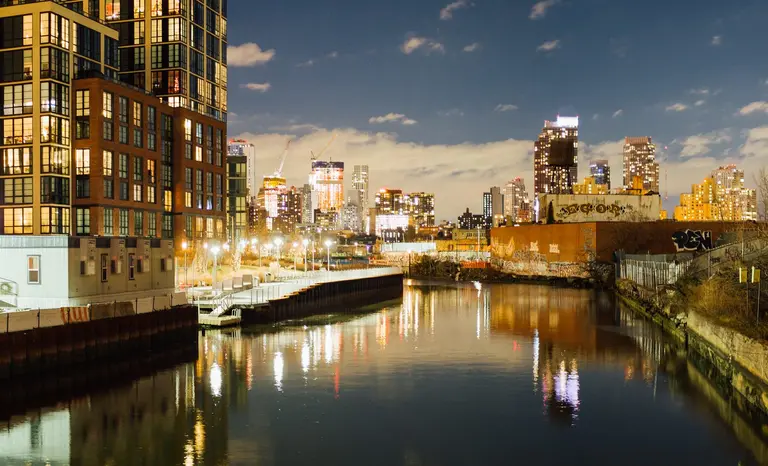November 24, 2021
The New York City Council on Tuesday approved the biggest rezoning of Mayor Bill de Blasio's administration just weeks before his term ends. In a near-unanimous vote, the Council approved plans to upzone 82 blocks of Gowanus, a former industrial hub turned affluent residential neighborhood. As the first rezoning of de Blasio's administration in a predominantly white and wealthy neighborhood, the decision could pave the way for upzoning in similar communities, including the proposal to rezone Soho and Noho, scheduled for a vote next month.
Find out more



